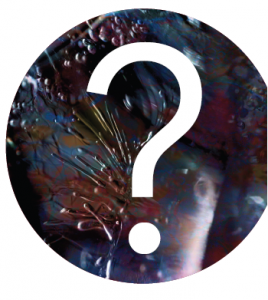
Boiling water freezes more quickly than does water at room temperature. Discovered in 1969 and labeled the “Mpemba Effect,” this phenomenon remains a mystery to scientists. The Mpemba Effect went relatively unnoticed throughout early human history. References by Aristotle and René Descartes demonstrate a vague awareness of the effect, but provide no explanation.
Since the Mpemba Effect caught the attention of a Tanzanian high school student nearly 50 years ago, various attempts have been made to understand the phenomenon. Results from different experiments vary, and no single theory has been substantial. Two major explanations involve the processes of evaporation and supercooling, though neither has sufficient empirical support.
The discovery of the Mpemba Effect is a story of its own, taking place before the great scientific debates that this bizarre phenomenon has sparked. Erasto Mpemba was making ice cream one day in high school. He mixed boiled milk and sugar just as the rest of the class did, but rather than wait until the milk cooled, Mpemba put his hot milk in the refrigerator right away. He later checked on his bag and realized that it became ice cream before any of the other bags. His teacher told him that this should not have happened, and dismissed the episode. But Mpemba would not take that as an answer.
Soon after this incident Dr. Denis Osborne, a physics professor, visited Mpemba’s school. He did not have an answer when Mpemba asked why hot water freezes faster than cold water. However, he was so intrigued by the question that he began to work with Mpemba to solve the conundrum. This was more than 40 years ago.
Since then, many scientists have searched for an explanation, but have failed to reach a consensus. One theory is based on the process of evaporation. Hot water will evaporate more quickly than cold water, with a greater change in volume in a given time. Evaporation causes heat loss, and lower mass also makes it easier to reduce the temperature of water and to get the water to freeze. Thus, some scientists theorized that rate of evaporation may be at the root of the Mpemba Effect.
This theory was one of the first proposed, but it became one of the first in a long chain of theories to be tested since 1970. During initial experiments conducted, Mpemba, working with Dr. Osborne, compared various heated beakers of water to those that were not heated. They found that evaporation causes only slight changes in volume. No more than 30 percent of the cooling could be attributed to this volume loss. There had to be other causes for the effect, they both concluded.
On the other hand, supercooling is a theory based on the fact that water temperature sometimes drops below the freezing point before it turns into ice. Professor James Brownridge at Binghamton University found that water in sealed containers will almost always drop below the freezing temperature before becoming ice. He also found that the magnitude of supercooling is smaller for hot water than it is for cool water. In other words, hot water does not have to drop as far below the freezing point, and thus it will freeze more quickly than cold water. There are no explanations as to why hot water supercools to a lesser extent than water at room temperature, which only adds more to this mystery. Despite many attempts and explorations, scientists have fallen short of finding a definitive explanation for the Mpemba Effect.
Still, the Mpemba Effect remains a very real phenomenon with impacts outside of the lab. Besides Mpemba’s ice cream observation, this effect can be seen in other aspects of daily life. The recent fad of making “instant snow” on chilly days by throwing boiling water up into the air is a manifestation of the Mpemba Effect. Room temperature water thrown up into cold air results in nothing more than the water falling to the ground. Despite such interesting observations, the Mpemba Effect remains an unsolved mystery.
